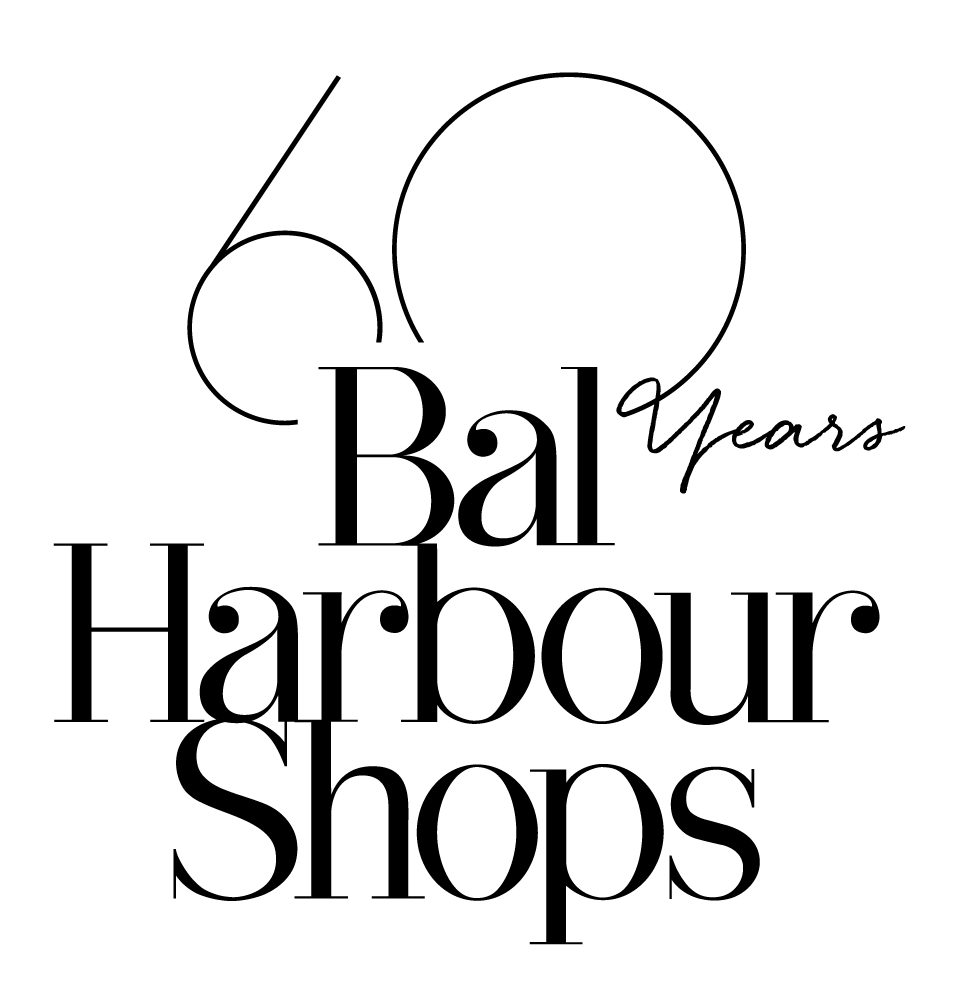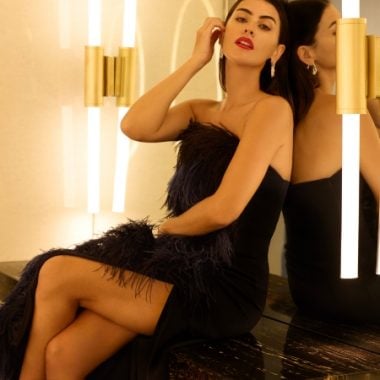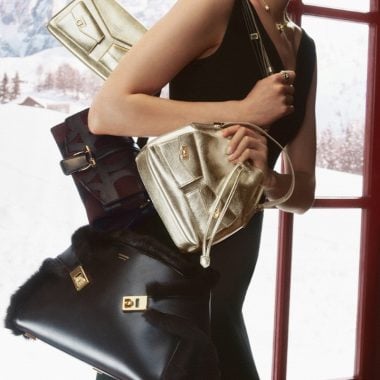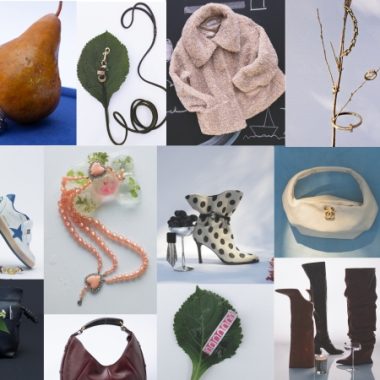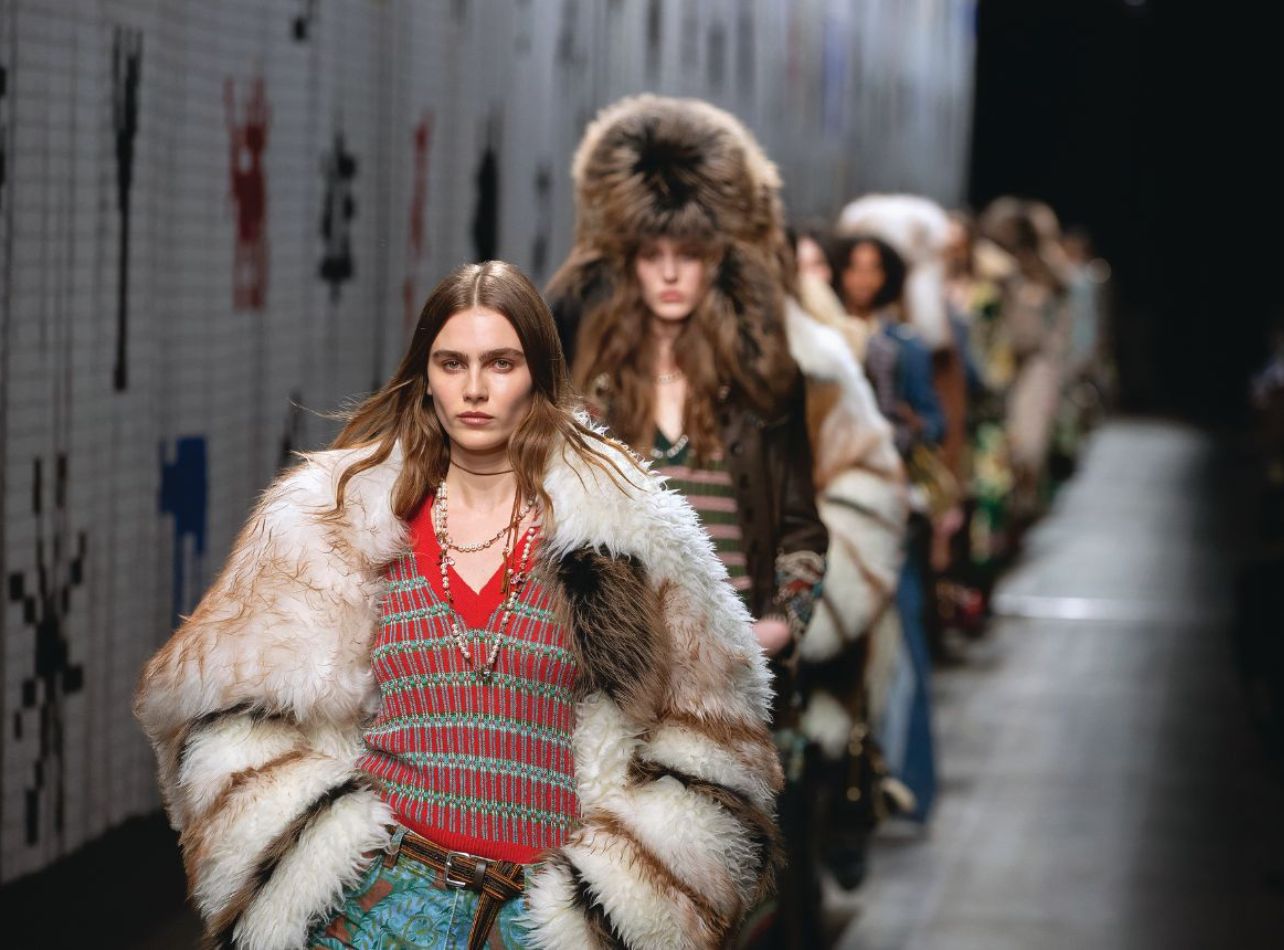
Rocking fur looks at Etro’s Fall/Winter 2025 runway show.
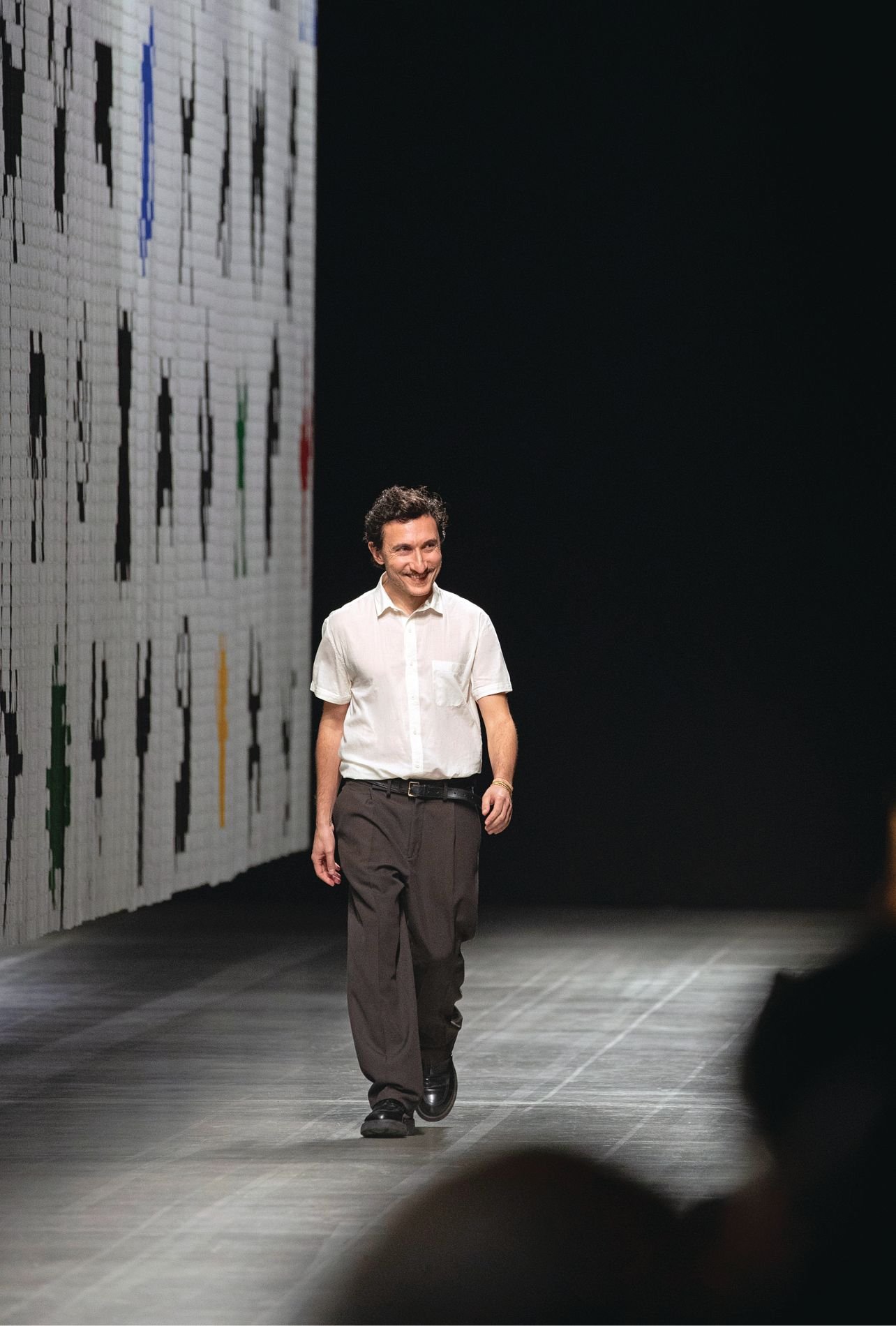
Etro Creative Director Marco de Vincenzo.
When Beyoncé’s “Cowboy Carter” tour stopped in London this summer, and the superstar rocked a diva fur coat and hat, paisley bodysuit, and denim chaps adapted from the Fall 2025 Etro runway collection, she was the very picture of how the Italian fashion house is pulsing anew under designer Marco de Vincenzo. In just three years, de Vincenzo has brought the Milanese brand steeped in nearly six decades of paisley heritage into the now with bold authenticity, layered storytelling, and a keen eye for translating rich maximalism into the everyday wearable.
“Heritage is in my story,” de Vincenzo says, reflecting on his 25-plus years as head of leather goods at Fendi before arriving at Etro. “I know perfectly how to manage a brand that needs to be contemporary but at the same time needs to defend its territory.”
Walking that line between reverence and reinvention is what has propelled Etro into a new era while preserving its soul. Etro was founded by Gimmo Etro in Milan in 1968 as a home textiles company, earning a reputation for exquisite jacquards and paisleys, which led to the launch of men’s and women’s Ready-to-wear collections in the 1990s. The family remained at the helm until 2022, when de Vincenzo joined as the first outside creative director.
He inherited a brand with deeply ingrained design codes: lots of color, distinctive prints, an artisanal quality, and a romantic sense of wanderlust.
“At first, I didn’t know Etro very well,” he admits. “But now, after three years, I realize why the brand is so famous.” He’s found a way to honor Etro’s legacy without being beholden to it. “The past is always, for me, very inspiring,” he says. “But I never copied a vintage piece… I wouldn’t feel satisfied without changing it a little bit.”
That slight tweak—like shifting the color on a classic paisley or combining two archival prints into one—is where the magic begins. At Etro, heritage is a dynamic design partner.
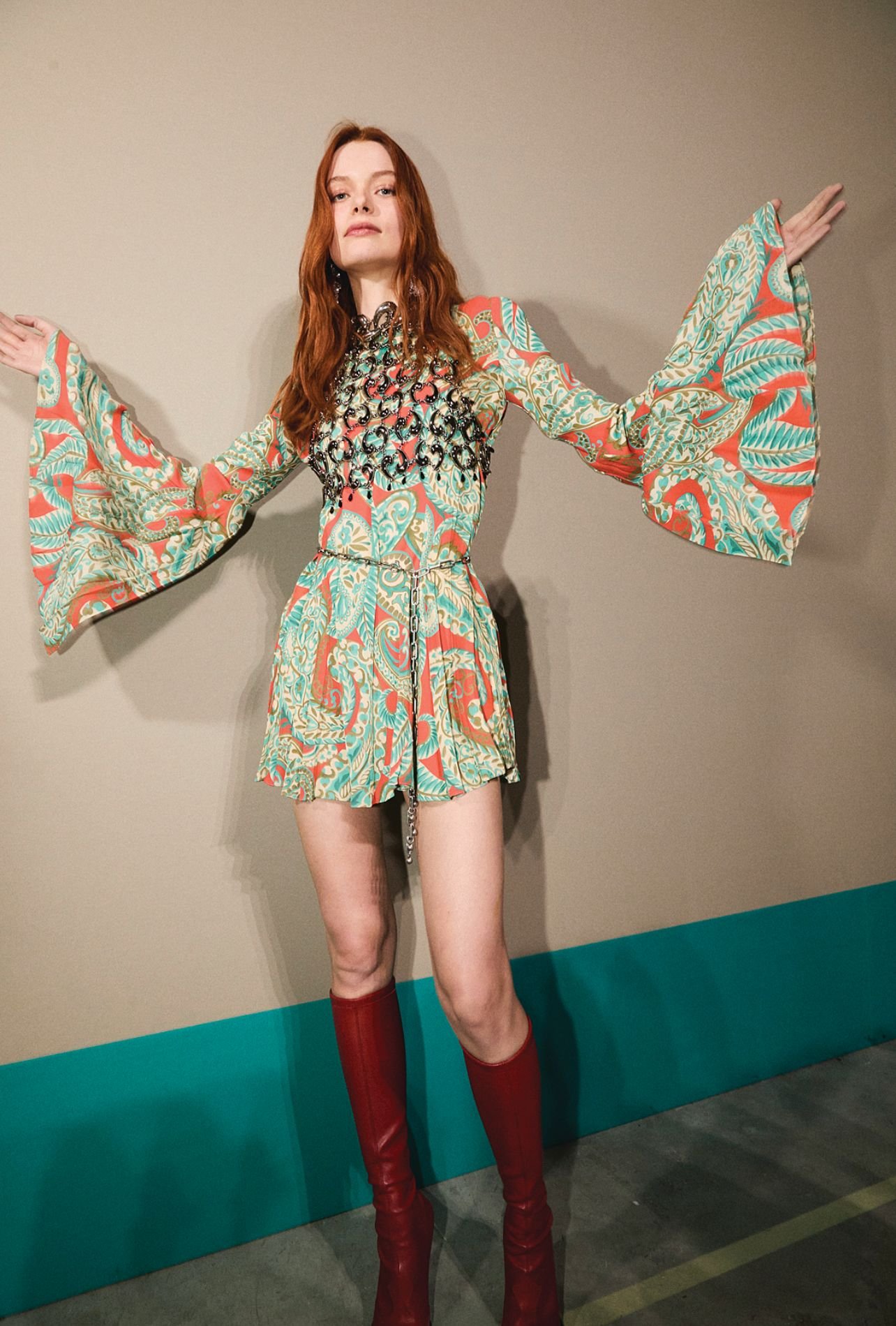
A mini dress with flare! Backstage at the Fall/Winter 2025 runway show.
It helps that the archives are close—literally. “We live in the archive,” de Vincenzo says of the treasure trove of more than 20,000 original prints, just upstairs from the atelier on Via Spartaco in Milan. “Every single day when we think, okay, we’re missing a flower… after 30 minutes, you are surrounded by flowers.” The accessibility allows for a kind of instant creative gratification, a luxury in an industry driven by tight turnarounds. “It’s really important,” he adds, “especially because we build our collections on layering, so mixing patterns is our story.”
Layering is not just a technique for de Vincenzo, it’s a philosophy, one that has given the brand its contemporary feel. His collections have layered streetwear, workwear, and even some minimalist-leaning daywear in with Etro’s maximalist bohemian roots. “Bohemian never disappeared,” he muses, when asked about the resurgence of the trend in recent seasons. “It’s a state of mind… It’s a way of freedom.”
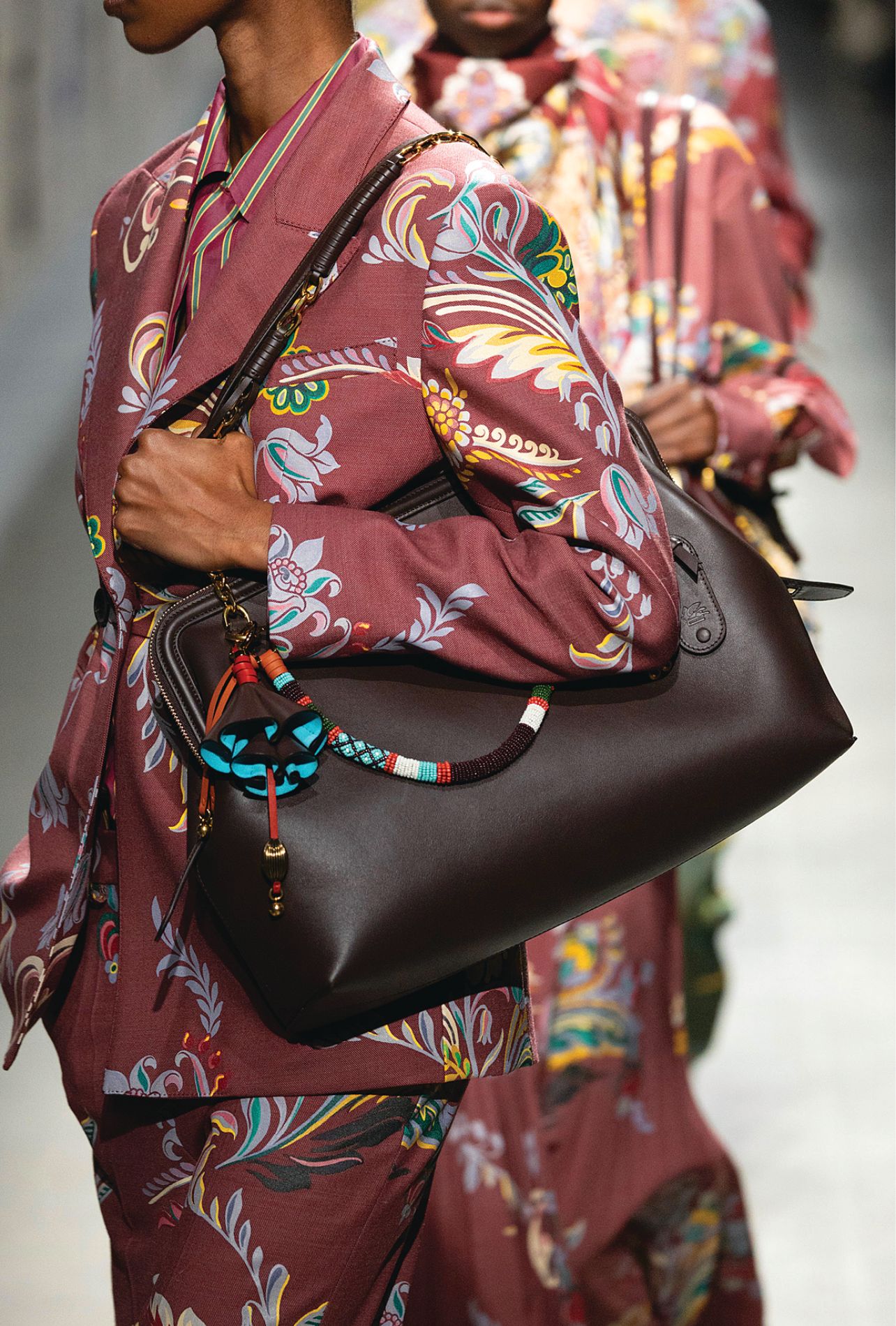
Trinkets with beading details add Bohemian color to bags.
Freedom is at the heart of his collaborative spirit, too. Whether it’s Italian artist Agostino Iacurci, who lent artwork to a festive summer 2025 capsule collection, or South Korean artist Maria Jeon, who added fantastical botanical embroideries to tops, dresses, and knitwear for Fall/Winter 2025, de Vincenzo treats each partnership as a learning opportunity. “Every collaboration is an addition. It helps you understand who you are,” he says, but “also opens the door of your imagination.”
His curiosity extends to new technology. Last year, de Vincenzo collaborated with digital artist and AI verbal prompt designer Silvia Badalotti on an advertising campaign. The resulting imagery—with pieces from the collection worn by AI-generated models—was a pastel- hued fantasy that sparked social media conversation.
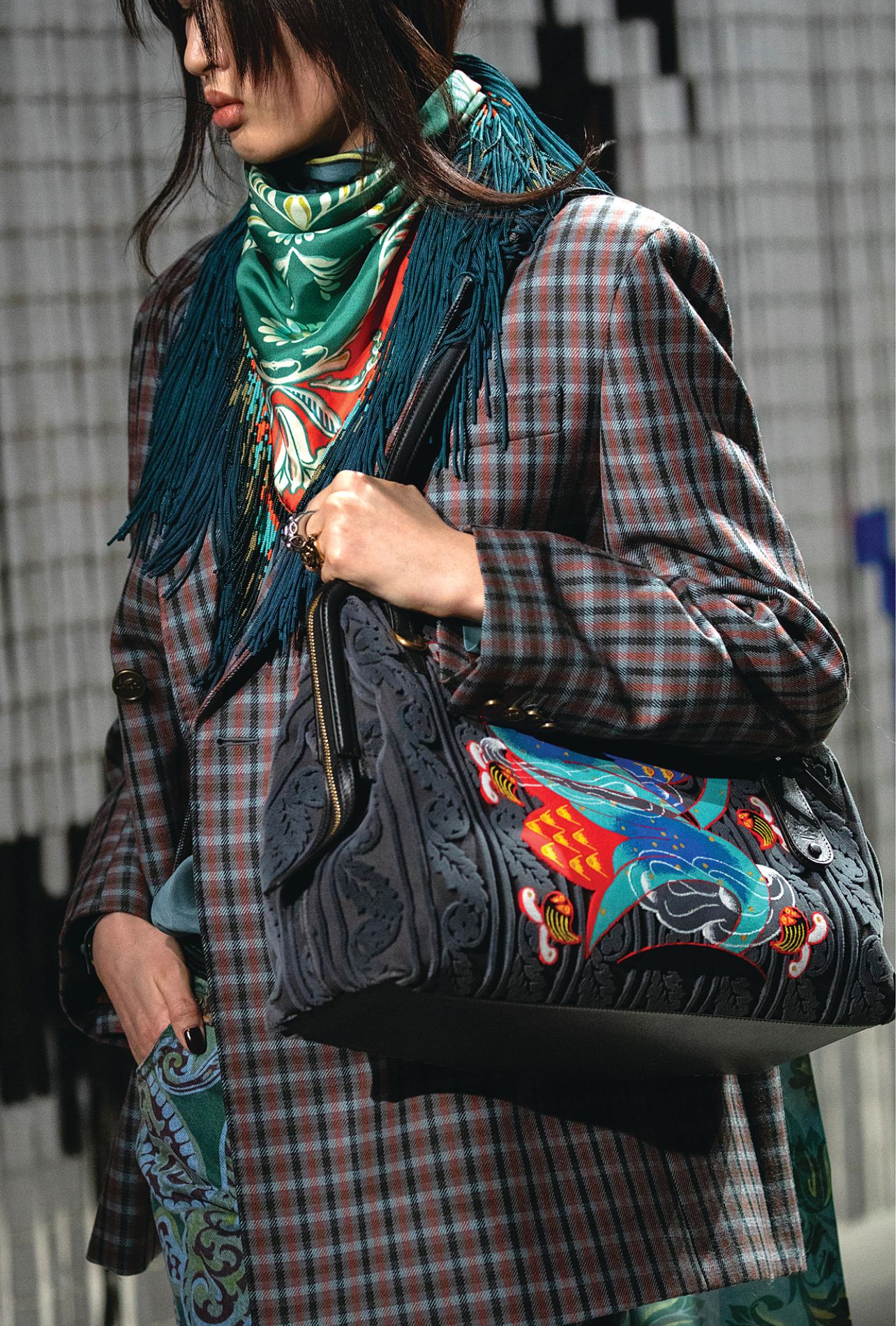
Embroidery meets embellishment: handbags become talismans, scarves sway with fringe.
“Someone wrote under our photos, ‘Ah no, humanity is dying,’” de Vincenzo recalls. “But it isn’t true. She’s an artist… The importance of our real conversation and connection was the same. It was a human experience through AI.” As he sees it, tools change, but the creative impulse remains deeply human.
That grounding perspective allows him to play with the fantasy of fashion while not forgetting what people reach for every day. To that end, in the last three years, he’s expanded the brand’s range of accessories (his “comfort zone,” after more than two decades designing them), including introducing the covetable Vela bag, and made denim a growing canvas for Etro’s ever-evolving prints. “Our denim can’t be flat. It has to be decorated,” he says.
Decorated but wearable is the key, which for the fall collection meant printing over jeans, corduroy pants, pleated miniskirts, and jacquard check suiting; offering cozy knits alongside more diaphanous silk print skirts and dresses, and keeping fringe and sequins fun but measured. De Vincenzo insists the clothes resonate with real people. “I like to show that Etro is a brand for everybody,” he says. “Menswear, womenswear—it’s all connected.”
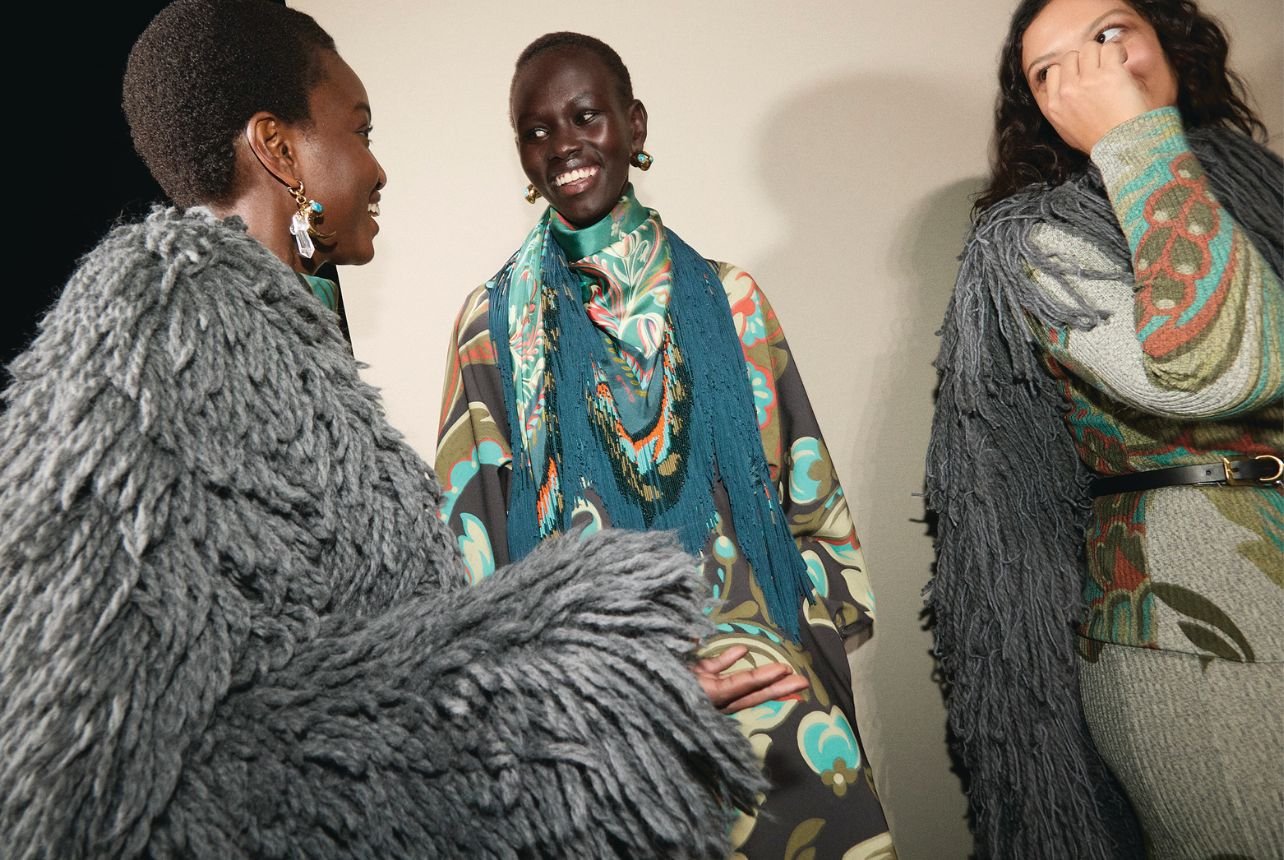
Another backstage moment where fringe spotlights movement and texture.
Etro as a fashion house was born from tailoring and masculine fabrics—a side of the brand de Vincenzo is eager to spotlight more. “People know less about that part,” he says. “But every time I can, I put some checks in the collection, because it really belongs to the heritage.”
De Vicenzo’s exuberant menswear has been a hit in Hollywood, but when Mahershala Ali, Bowen Yang, and Shaboozey wear Etro, they don’t look like walking billboards for the brand, they look like themselves. “They choose us because they are looking for a style close to them,” he says.
The Beyoncé moment came not from chasing celebrity, but from mutual appreciation. “She chose something from our Fall collection. It was a dream,” he says. “We added to it so that it was perfect for the stage, but it started with something that represents our brand.”
For de Vincenzo, the creative journey doesn’t stop when he leaves the atelier. His love of flea markets, museums, even just reading, fuels him. “Everything will lead to something,” he says, noting the photos in his phone are among his most prized possessions. “Nothing happens only for work if you’re creative. We are lucky for that reason.”
At a time when the fashion industry is undergoing epic change and financial pressures are constant, de Vincenzo is finding strength in reflection. “There’s a moment when we are building dreams that are still the same as 20 years ago,” he says. “To make pieces that are sellable and exciting for people, you have to feel excited. You have to feel brave and positive.” In de Vincenzo’s hands, Etro feels brave again.
